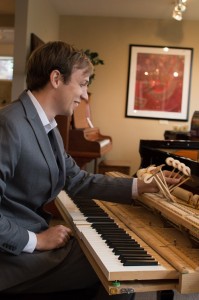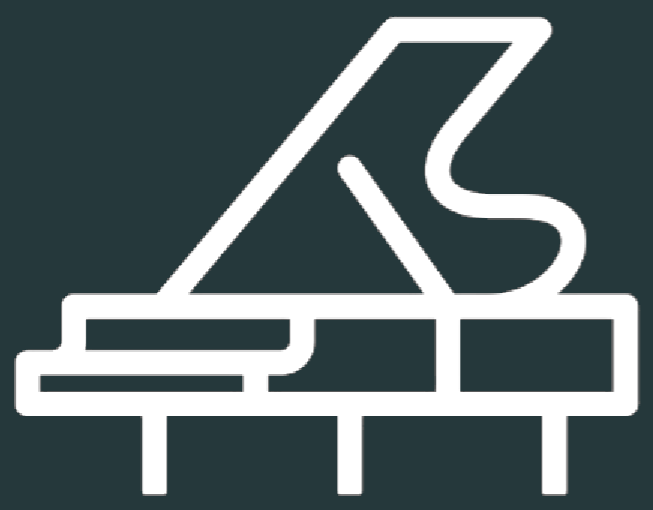Process

A piano tuning service appointment can take anywhere from and hour and half to three hours depending on the current condition of the piano. Pianos that haven’t been tuned recently may be excessively flat or sharp and may require a pitch raise or lowering. A pitch raise is a shorter tuning pass that usually requires a little less time than a fine tuning.
Contact me to discuss getting your piano tuned, or schedule an appointment online
Tuning Appointment Options:
A basic piano tuning appointment includes tuning your piano, any minor problems such as sticky keys or squeaky pedals. Quotes will be given for repairs not provided in the basic service and done only at the owner’s discretion.
This service also includes an evaluation of your instrument, an assessment of its current condition and advice on options to improve the tone and performance of your instrument.
A full service piano tuning appointment is recommended for all pianos. This type of appointment allows time for additional services with tuning. Over time this will do a lot to maintain and improve the way that your piano plays and sounds.
Includes: Piano tuning, repairing problems such as sticky keys or squeaky pedals. Some touch and tone adjustments such minor voicing and some minor regulation will also be provided.
This service also includes an evaluation of your piano, an assessment of its current condition and advice on options to improve the tone and performance of your instrument.
Advanced Piano Tuning/Concert Tuning
There is an amount of preference that can be achieved in tuning. The highest and the lowest portions of the instrument can be made slightly sharp or flat depending on the preference of the pianist. This allows for the octaves of the treble to blend better with the tenor or the bass, or for the bass to blend better with the tenor or the treble. This is often called tuning stretch. Unfortunately, not all pianos can achieve this level of discretion. Smaller pianos tend to have fewer options.
Piano Temperaments
The Temperament is the difference between the notes within an octave. There is the modern equal temperament that is most commonly used in piano tuning today. Then there are also many other styles of tuning, many older that involve fundamentally tuning the piano differently. Many of these temperaments have pure fifths or thirds instead of equally distributed beats within the octave. These temperaments, including historically accurate temperaments, are available upon request.

Piano Voicing
Voicing a piano allows you to make it brighter or mellower depending on the preference of the pianist. Adjustments made can clear up muddy sounding notes or to mellow out the harshness of a note. A piano should be in tune and all of its parts should be properly regulated before voicing is done. Voicing can take time because it involves preference voicing is more effective when the pianist is present.
Piano Repair
There are many parts to a piano. Often and sticky key or misadjusted pedal can be fixed very quickly and requires no additional charge with a tuning. Many older pianos have weak springs that slow repetition or worn out felt and leather that throw the parts out of adjustment(regulation). Once a piano gets older than 25 years or so, in order for the piano to play well, it can be time to start looking at having more extensive work done.
Piano Regulation
If your piano lacks dynamic control or does not repeat well, regulation is likely the solution. Regulation is the process of adjusting the various parts in the piano so that they play the way they should. Pianos fall out of regulation over time, due to the wear and compression on the many felt and leather parts in the piano. There are several places in the piano that need to be adjusted. The process takes one to two days depending on the piano and the current condition of the regulation. Pianos older than fifteen years usually benefit from this process.
